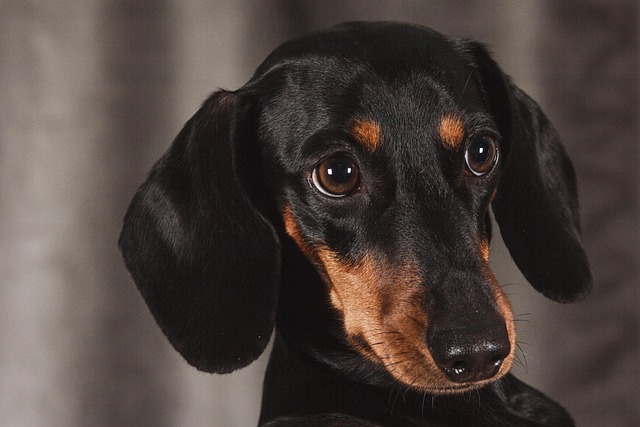
What treats are safe for 8 week old puppies
What treats are safe for 8 week old puppies? It’s a question that new dog owners in the US often ask when starting training—those tiny
If you’re new to having a small dog around, you might be surprised by how often you’ll need to pick them up—whether it’s for getting up on the couch, bath time, or a quick trip outside. But how to pick up a small dog isn’t just about lifting; it’s about making sure your little friend feels safe, supported, and respected. Handling a small dog incorrectly can lead to more than just a startled yelp; it can mean joint injuries, fear of being touched, or even trust issues. Let’s walk through what makes the correct way to pick up a small dog so important, and how you can master safe small dog handling techniques that keep both you and your pup happy and healthy.
The first thing to understand is that small dogs have fragile bodies—think of lanky Italian Greyhounds, delicate Yorkies, or even sturdy Frenchies. Their joints and spines need gentle support. Picking up a small dog incorrectly—say, by the front legs or under the armpits—can cause pain or even long-term injury. Behaviorally, rough or surprising handling may trigger anxiety or fear, leading to nipping or avoidance behaviors. Science tells us dogs learn through association, so if being picked up feels scary or painful, your dog may start dashing under the bed every time you approach. That’s why the correct way to pick up a small dog always considers both physical safety and the emotional well-being when picking up dogs.
Let’s break down the actual steps for how to pick up a small dog. Always approach calmly and let your dog see and sniff your hands first. Gently slide one hand under their chest, right behind their front legs. With your other hand, support their rear end—cupping under the hindquarters or thighs. Keep your movements slow and steady, lifting close to your body so your dog feels secure. Avoid any sudden scooping or swinging. This two-handed technique is a pillar of safe small dog handling techniques and helps distribute weight evenly, preventing strain on your dog’s back or limbs. If you’re picking up a dog from a couch or bed, make sure you have a stable footing and avoid any twisting, which can stress their spine.
Paying attention to your dog’s body language is just as important as your lifting technique. Small dogs can be more sensitive to touch than larger breeds, and not every dog loves being picked up. Watch for signs like lip licking, yawning, pinned ears, or stiffening—these cues mean your pup might be anxious or uncomfortable. On the other hand, a relaxed body, loose tail wag, or even a gentle lean into your hand are green lights. Respect your dog’s boundaries; if they’re showing stress, pause and try again later, or work on desensitizing them to handling in short, positive sessions. Reading these signals is a key part of tips for handling small dogs safely and honoring their emotional well-being when picking up dogs.
Making the experience positive is easier than you think. Use a soothing voice and gentle touch. Some owners find it helps to announce ‘Up!’ before lifting, so the dog learns to expect what’s coming. Reward your pup with praise, a treat, or a quick cuddle after a successful pick-up. Over time, your dog will associate being lifted with good things, reducing stress and building trust. If your dog is especially wiggly, try practicing this skill during calm moments—after a walk, for example—when your pup is more likely to cooperate. Consistency is key for both your confidence and your dog’s comfort.
There are a few common mistakes new owners make. One is grabbing a small dog by the collar or harness to lift them—this can be dangerous, as it puts strain on the neck and trachea. Another frequent slip-up is lifting by the legs or underarms, which risks joint injuries. Some people scoop up their dogs too quickly, startling them and eroding trust over time. And, while it might seem convenient, never carry your dog in one arm like a football; your pet needs full body support. Instead, follow the correct way to pick up a small dog as outlined above, and remember that a little patience goes a long way. If your dog has a medical issue or shows persistent fear when being handled, consult your vet or a qualified trainer for personalized tips for handling small dogs safely.
In the U.S. and most of Europe, animal welfare laws and cultural expectations matter. Physically punishing a dog or handling them harshly isn’t just frowned upon—it can lead to legal trouble and community backlash. Positive, respectful handling is the norm. And don’t forget, if you’re in a public park or shared apartment space, always be mindful of others. Keep your dog leashed, clean up after them, and make sure your handling doesn’t make your pet nervous in crowded areas. These small steps go beyond just learning how to pick up a small dog—they help you be a responsible, respected member of your pet-loving community.

What treats are safe for 8 week old puppies? It’s a question that new dog owners in the US often ask when starting training—those tiny
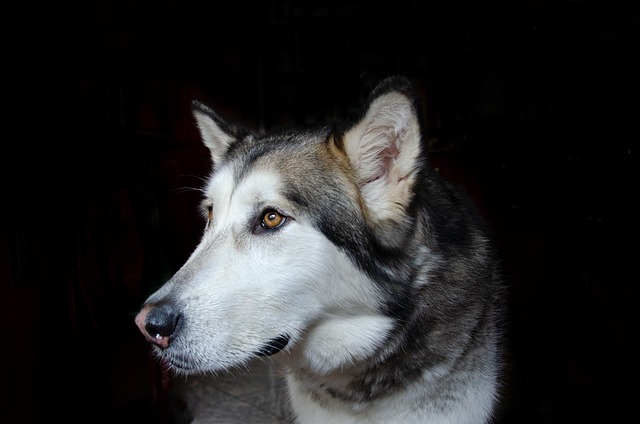
Your dog just had deworming treatment, and you want to make sure their recovery goes smoothly. That means paying extra attention to what goes into their bowl in the days following the procedure.
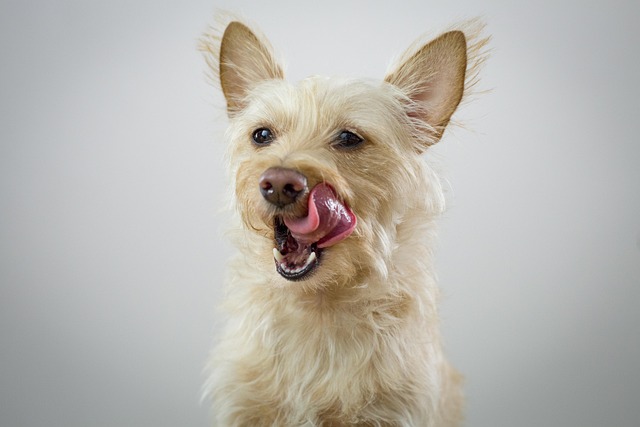
What do dogs think when you leave them for a week? It’s a question that tugs at the heart of every new dog owner in the US, especially when booking that long-awaited vacation.
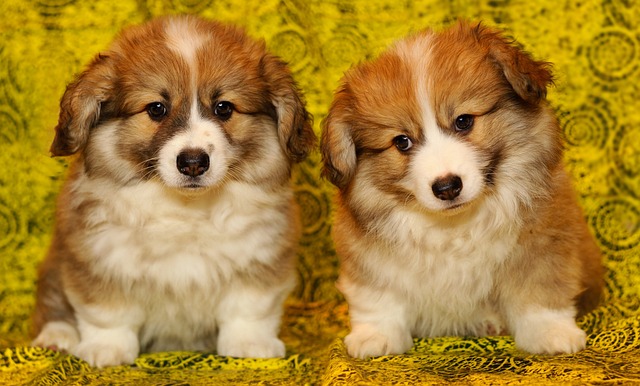
How do I tell if my dog has anxiety? It’s a question that sneaks up on many new dog owners in the US—maybe your pup paces nonstop when you grab your keys,

Bichons are like little balls of energy wrapped in fluffy white fur—their bright eyes and wagging tails make it hard to stay mad, even when they’re chewing your favorite shoes or darting through the house with a stolen sock.
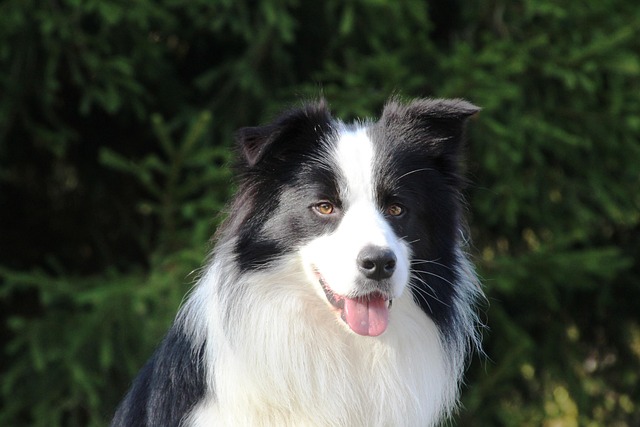
Bringing home a first dog is a huge step—exciting, a little scary,and full of big decisions.One breed that often pops up in conversations is the Border Collie,with those bright eyes and that reputation for being'smartest in the class.'